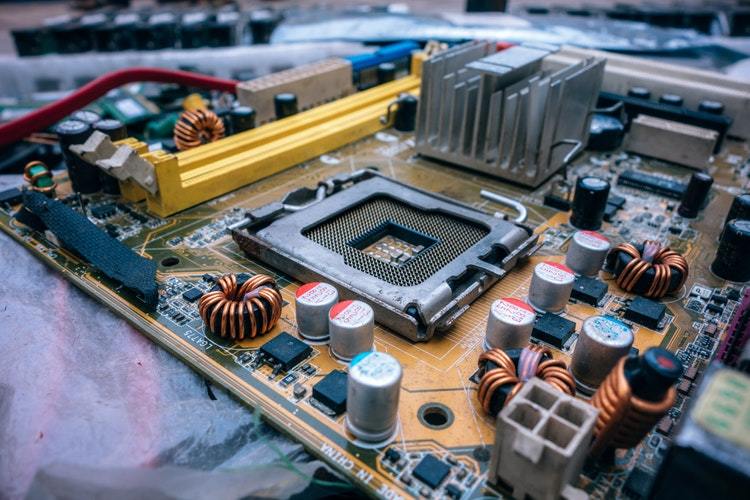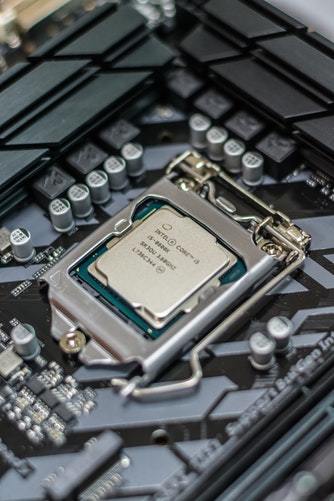Financial Markets Interconnection
Today’s financial markets move in a correlated manner, making it difficult for traders to interpret them. Forex trading is no exception.
Stiff competition among Forex brokers led to deviations from the classic offering. As such, besides the standard currency pairs, Forex brokers now offer the possibility to trade stock indices, precious metals (gold, silver, etc.), oil, and so on.
The CFD’s (Contracts for Difference) gave traders access to a plethora of different markets. Suddenly, the same principles used in Forex trading could be applied in trading other financial instruments.
But this is both a blessing and a course. Or, a double sword edge for the trader.
On the one hand, having access to multiple markets from the same trading account is a great thing. Traders have the opportunity to hedge a position against another, a market against another, and take advantage of all the different correlations out there.
Moreover, accessing everything from the same trading account results in saving fees and commission from operating multiple trading accounts with different brokers.
On the negative side, each market is different. It moves on various inputs and can’t be traded using the same strategy.
Retail traders do use the same strategy as they mostly follow a technical analysis setup. However, markets like commodities, for example, depend heavily on disruptions in supply and demand chain, which will have repercussions in how the price moves.
Let us just consider the following: the liquidity and size in Forex trading has no match in other markets. Hence, Forex is the one true market that doesn’t move on one single input, as others do. Therefore, using the same trading strategy on different markets is subject to errors.

Why Are Financial Markets Interconnected?
Believe it or not, this is a subject of concern for regulators and financial institutions around the world. Called market interconnectedness, it refers to the growing correlation degree between various financial assets.
Many factors contribute to the growing relationship between different financial markets and products. And if you doubt the phenomena, just watch what happens when a vital piece of economic data comes out.
Take for instance, the NFP (Non-Farm Payrolls) in the United States or the ECB (European Central Bank) interest rate decision and press conference. Before such events, a sentiment of complacency is seen across financial assets.
Traders just stay in a wait-and-see mode. In Forex trading, ranges dominate. Bond traders wait to look at the implications on yields from possible changes in the monetary policy. Stock indices stay in ranges, and so on.
Suddenly, when the news comes out, all markets move. At the same time, and in a correlated manner. How come?

High-Frequency Trading Changed Everything
The HFT (High-Frequency Trading) industry changed everything in the world of trading. Just like Forex trading changed, other markets changed too.
The race for capital suddenly became the race for speed. The ones that trade faster and more often, enjoy more profits.
It is no wonder that quant firms increased in numbers, as technology leapt forward with new developments almost every year. Financial markets are the best place to see that, and even on the retail trading side, changes in Forex trading accounts types suggest the brokers are adapting to new realities.
Hedge funds dominate the industry. Usually operating with ten times leverage, their large degree of leverage creates interconnectedness of financial markets.

ETF’s Came to the Trading Arena
Moreover, new products rose to the surface. Think of ETF’s or Exchange-Traded Funds.
ETF’s are investment funds that hold assets and operate in an arbitrage mechanism. Their assets comprise commodities, stocks, indices, precious metals, and so on.
Virtually, today there’s at least one ETF for anything you can imagine in the financial markets. Want to buy some gold? Multiple options exist:
- go long XAUUSD on any Forex broker’s platform
- buy physical bullion gold
- by an ETF that mimics the price of gold and leverages it to multiples of two, three, or even more
- even better, buy an ETF that follows the “miners,” or the gold mining companies and moves based on how they perform on the stock market.
And the list can go on and on as these were just some of the first examples to come to mind. A thorough analysis shows how HFT and ETF’s changed the “playground” in the international financial markets.
Because of the high execution speed, all these orders created an interconnection between all financial assets.

Huge Investment Vehicles Add Fuel to the Fire
Large money management firms and investment vehicles run complex trading strategies and portfolios of hundreds of billions of dollars. They spread the risk upon multiple asset classes, so there’s not one asset class to generate massive drawdowns.
Typically, the managers of these vehicles react to macro changes in the world’s economy or to political instability in various parts of the world. Moreover, because they use more or less the same analytical concept, their reactions look alike: selling this, buying that, and all multiplied by the execution speed provided by the HFT industry.
The Internet doesn’t make things easier from this point of view. Information travels faster than ever, and the trend is poised to continue. Even more violent swings in financial markets may result.
Conclusion
We’ve covered so far, some of the correlations that can be seen in Forex trading. Oil and CAD (Canadian Dollar) move together, the JPY (Japanese Yen) and the U.S. stock market enjoy a direct correlation too, and we even discussed the gold and AUD (Australian Dollar) correlation in this trading academy.
However, the market interconnections are a different thing. It refers to ALL financial markets, products, and securities, as they tend to move more and more in a correlated manner.
Correlations are either direct or inverse. What is important to remember here is the speed that leads to a synchronized move. Because of that, it is more difficult to react today as it was a decade ago, to market events. In the future, as the trend is likely to continue, it will be even more difficult.
Nowadays, almost eighty percent of the trades are executed automatically. Retail traders spotted the industry trends and now take part of the trading game by running trading algorithms, expert advisors and mini-bots.
The fast spread of information, the increase in the number of ETF’s and large money-management firms, together with the rise in the capital they handle, led to higher interconnectedness levels. Look for the trend to increase in the future.
The race is open for new limits to be tested.

